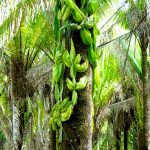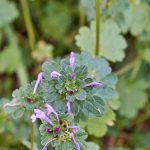This site contains Affiliate Links, which means that I may earn commissions through links you make purchases through. For more information Click Here!

Wild Blue Flax (Linum lewisii)
The Wild Blue Flax is one of those flowers that catch you by surprise. It is actually quite small. When I first took a picture of it, I really did not realize just how beautiful this little flower is. It was not until I viewed the picture on my 24-inch monitor, that I saw the incredible detail and artistry it contained. I was blown away at the sheer beauty of this flower. It is quite amazing.
The Wild Blue Flax goes by several common names like, Prairie flax, Lewis flax, Lewis’s flax, to name a few. Believed to be indigenous to California, it now has is found from Texas to the Sub-Arctic Regions of North Canada. It is a very strong aggressive plant that can even seed itself into a healthy lawn. Historically, it is believed that the indigenous tribe eats the seeds of the Wild Blue Flax. They may have also used it in traditional herbal medicine in the form of teas to treat eye and stomach conditions.
The Wild Blue Flax is a great attractant for native honeybees and butterflies who come to it for its pollen. Many wild birds, such as the Grouse, Prairie Chicken, and Pheasant, feed on the seeds. Although wild animals such the White-tailed deer and domestic livestock may feed on it, it is not good for them and they become disoriented or sleepy if they eat too much of it because of the small amount of cyanide in the leaves.
For more information on wildflowers check out the following books.
Newcomb’s Wildflower Guide
Botany in a Day: The Patterns Method of Plant Identification
The Herbal Medicine-Maker’s Handbook: A Home Manual
Help Improve this page! Use the comment section below to submit suggestions for additions to this page.























